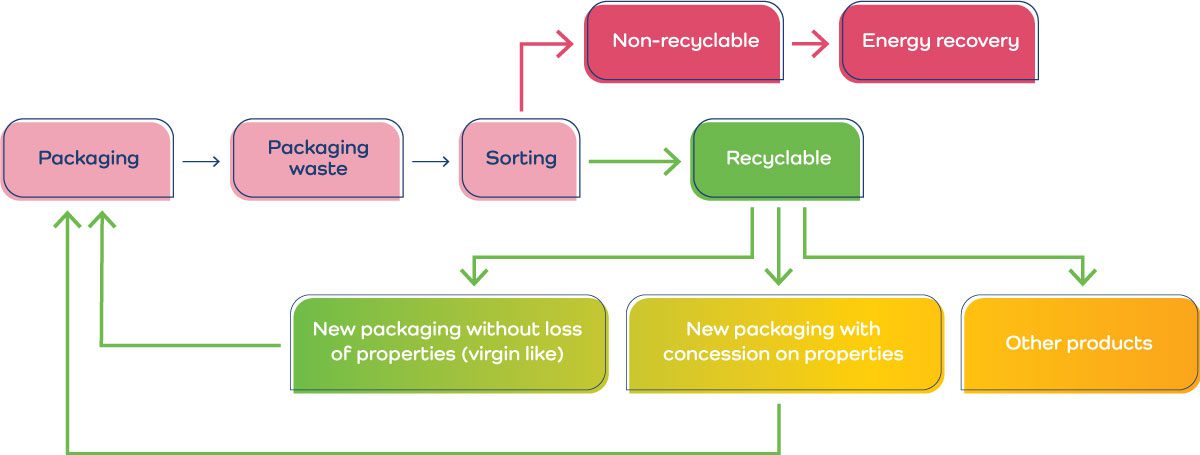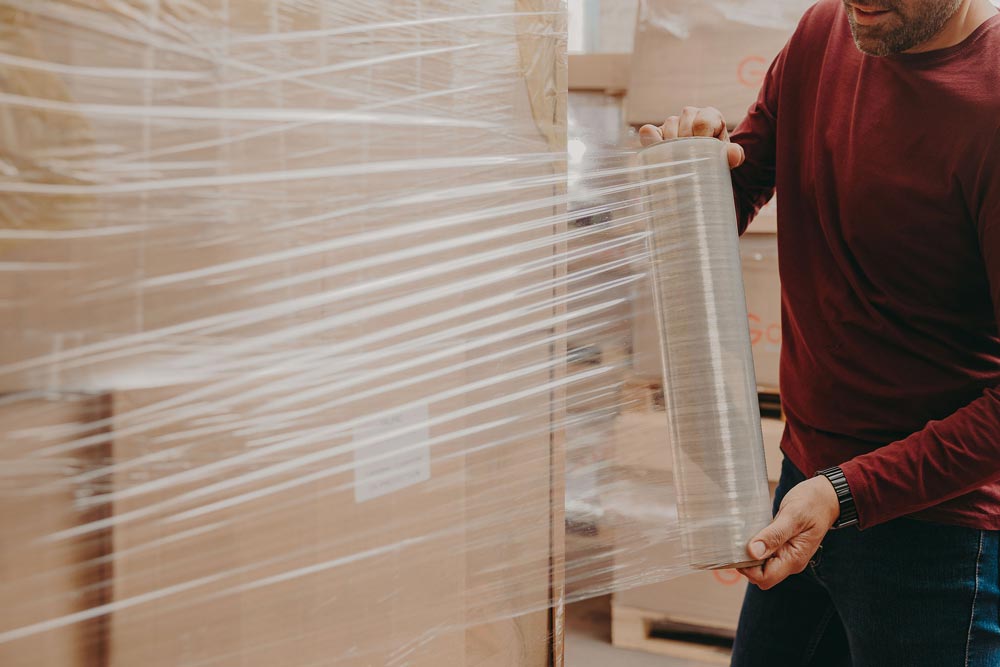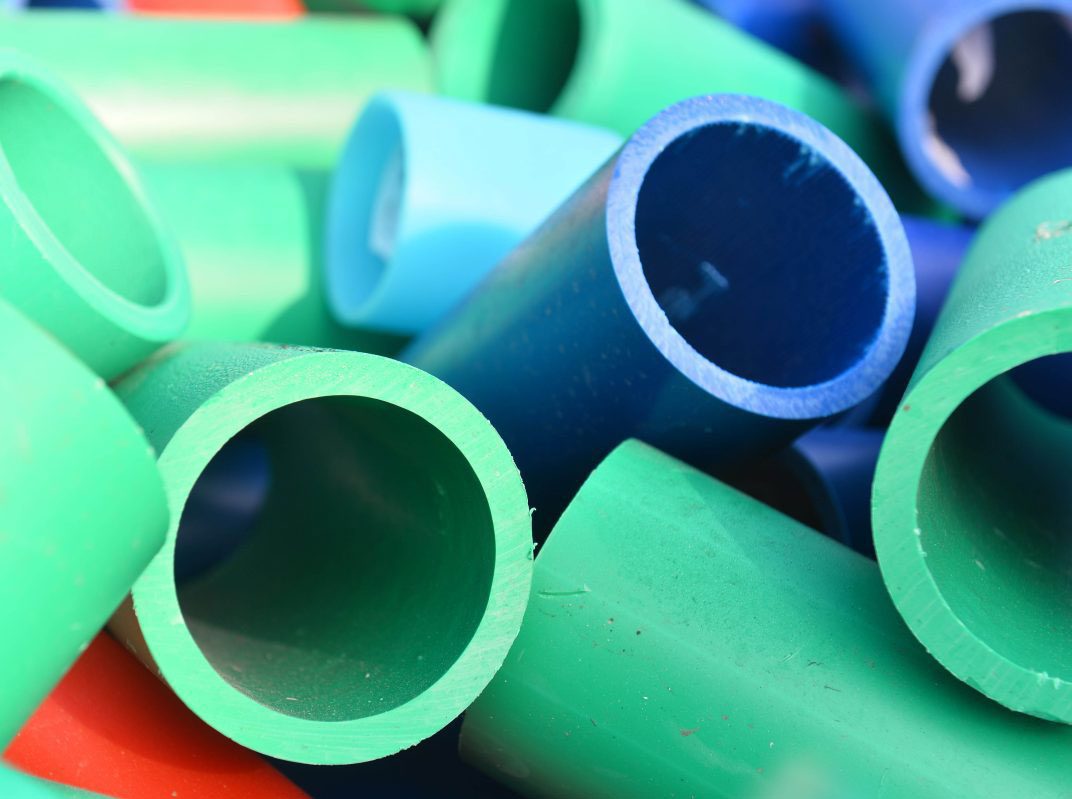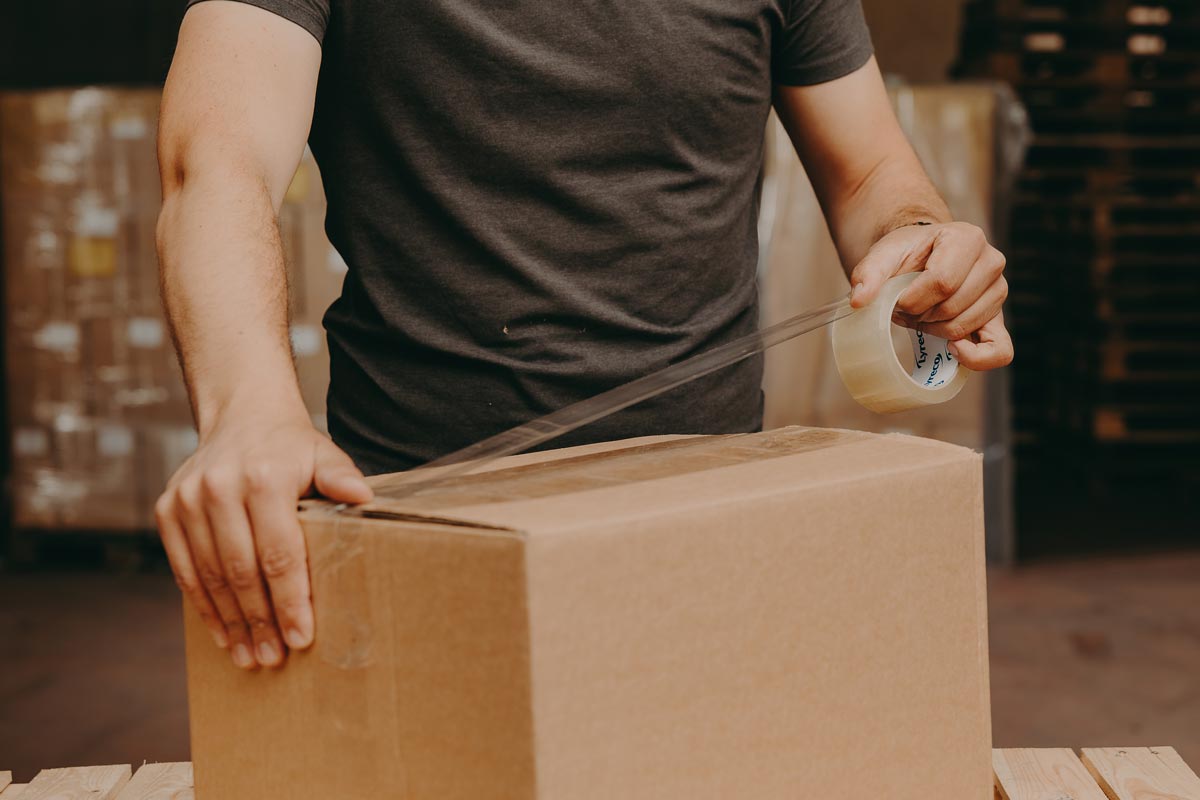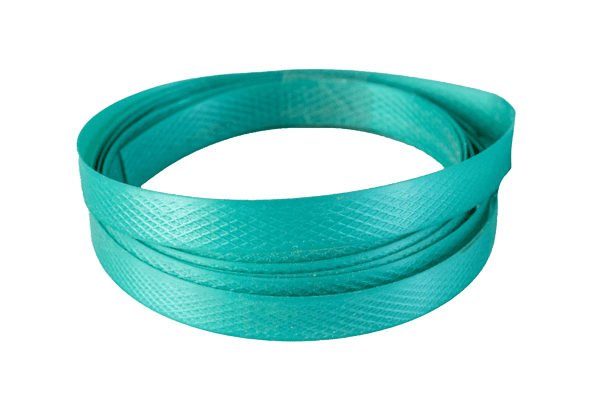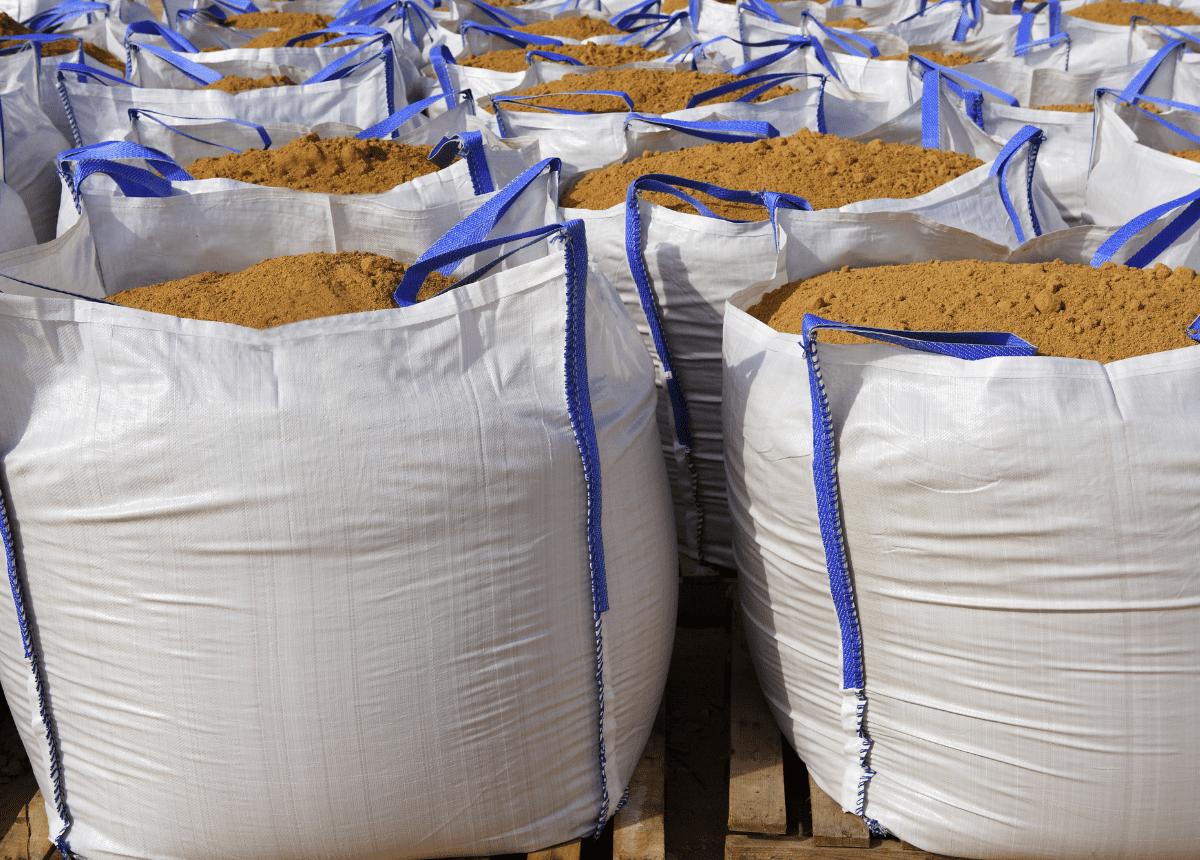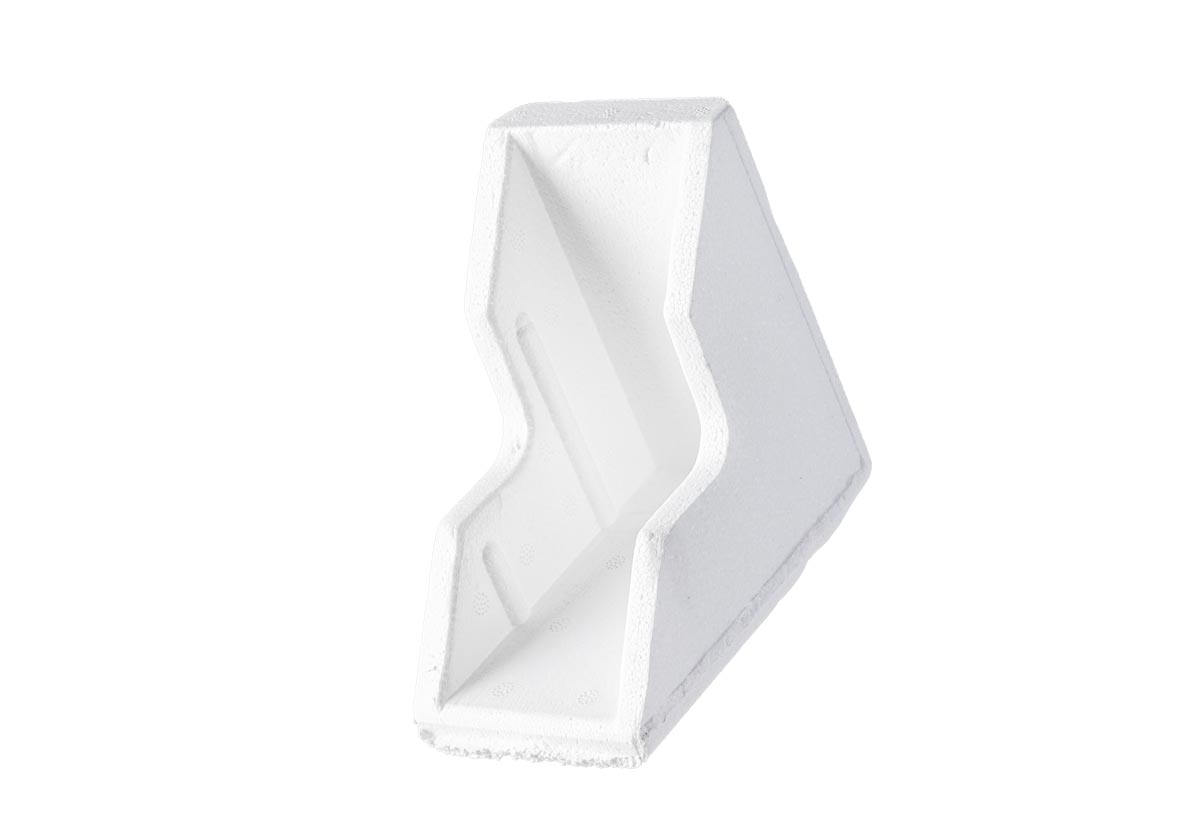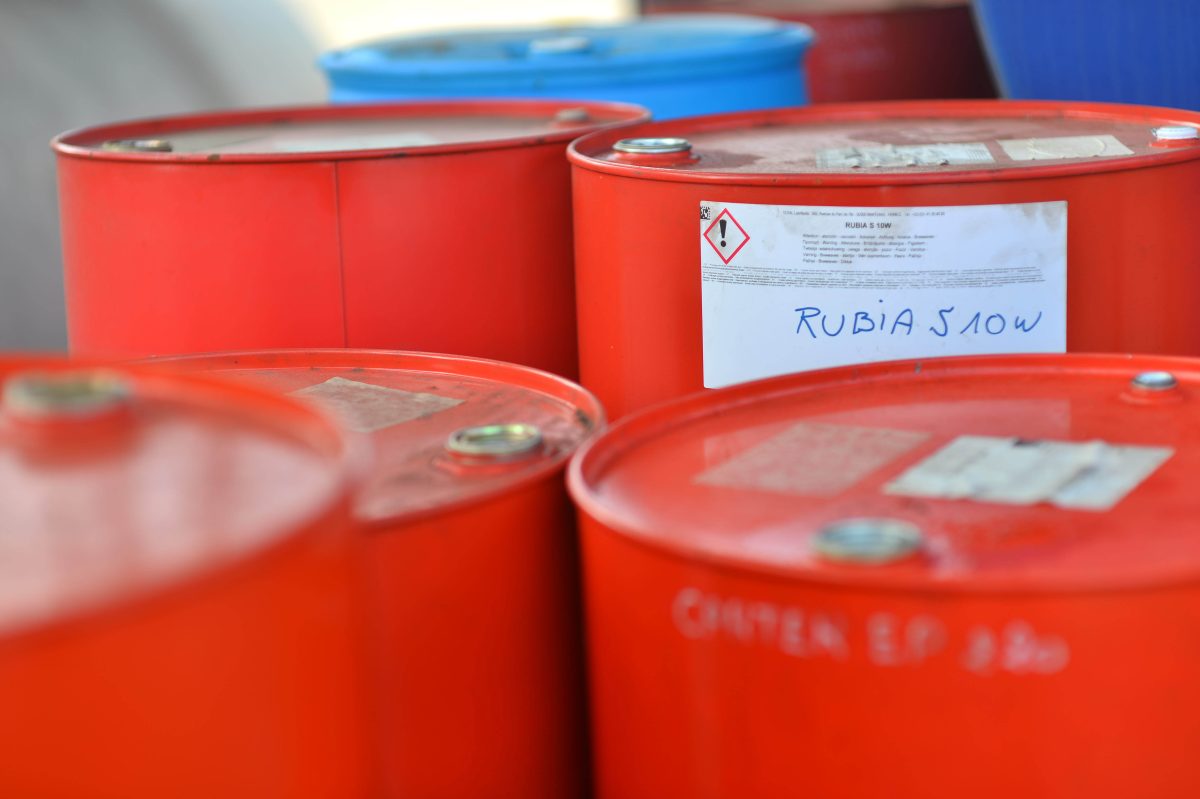Design4recycling guidelines
If you want to be really certain that your packaging can be fully recycled at the end of its life, then our Design4Recycling guidelines are for you.
As a company, you can influence the sustainability of your packaging by paying attention to ecodesign from the outset. Valipac lends you a helping hand to implement a responsible packaging design or purchasing policy.
